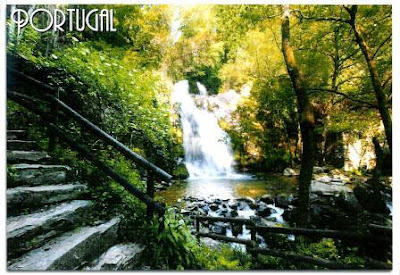All these officials from USA arrived last week.
US-5189846, sent by H. J.
Garden Key Light is located at Fort Jefferson on Garden Key, Dry Tortugas Islands, Florida. The station was first established in 1825. The current lighthouse was first lit in 1876.
The lighthouse is a black iron hexagonal tower.
In 1912, the station was automated. The light was deactivated in 1924.
Image © by KITTIWAKE card Co
US-5190072, sent by Caitlin.
On the back of the card: Greetings from Boston, MASS - where over 20 million annual visitors travel to see the Freedom Trail, USS Constitution; over thirty colleges; Boston Symphony Orchestra and the Boston Pops, Museum of Fine Arts; Institute of Comtemporary Art; Chrildren's Museum; Boston Aquarium; Isabella Stewart Gardner Museum; the JFK Library; Museum of Science; the Public Garden, home of the iconic Make Way for Ducklings statues and the $2.50 per-ride swan boats; Fenway Park, home of the Red Sox; and the Boston Garden, home of the Bruins and Celtics.
© RTSI
US-5185955, sent by Juan.
Excalibur Hotel and Casino is a hotel and casino located on the Las Vegas Strip in Paradise, Nevada.
It is owned and operated by MGM Resorts International.
Excalibur, named for the mythical sword of King Arthur, uses the Medieval theme in several ways. Its facade is a stylized image of a castle.
The 100,000-square-foot (9,300 m2) gaming area at Excalibur consists of both table games and over 1,200 slot machines. In addition to casino space, the Excalibur resort includes a renovated pool area, a 13,000-square-foot (1,200 m2) spa and fitness center, eight restaurants and a food court, the Chapel at Excalibur, and the Octane Lounge & The Lounge with live music on the weekends.
Excalibur is home to three permanent shows: the all-male revue Thunder From Down Under, The Australian Bee Gees Show, a tribute to the Bee Gees and the medieval themed dinner show Tournament of Kings. - in: wikipedia
US-5188215, sent by Roma.
The Olympic Mountains are a mountain range on the Olympic Peninsula of western Washington in the United States. The mountains, part of the Pacific Coast Ranges, are not especially high – Mount Olympus is the highest at 7,962 ft (2,427 m); however, the eastern slopes rise out of Puget Sound from sea level and the western slopes are separated from the Pacific Ocean by the low-lying 20 to 35 km (12 to 22 mi) wide Pacific Ocean coastal plain. The western slopes are the wettest place in the 48 contiguous states. Most of the mountains are protected within the bounds of the Olympic National Park. - in: wikipedia

















































